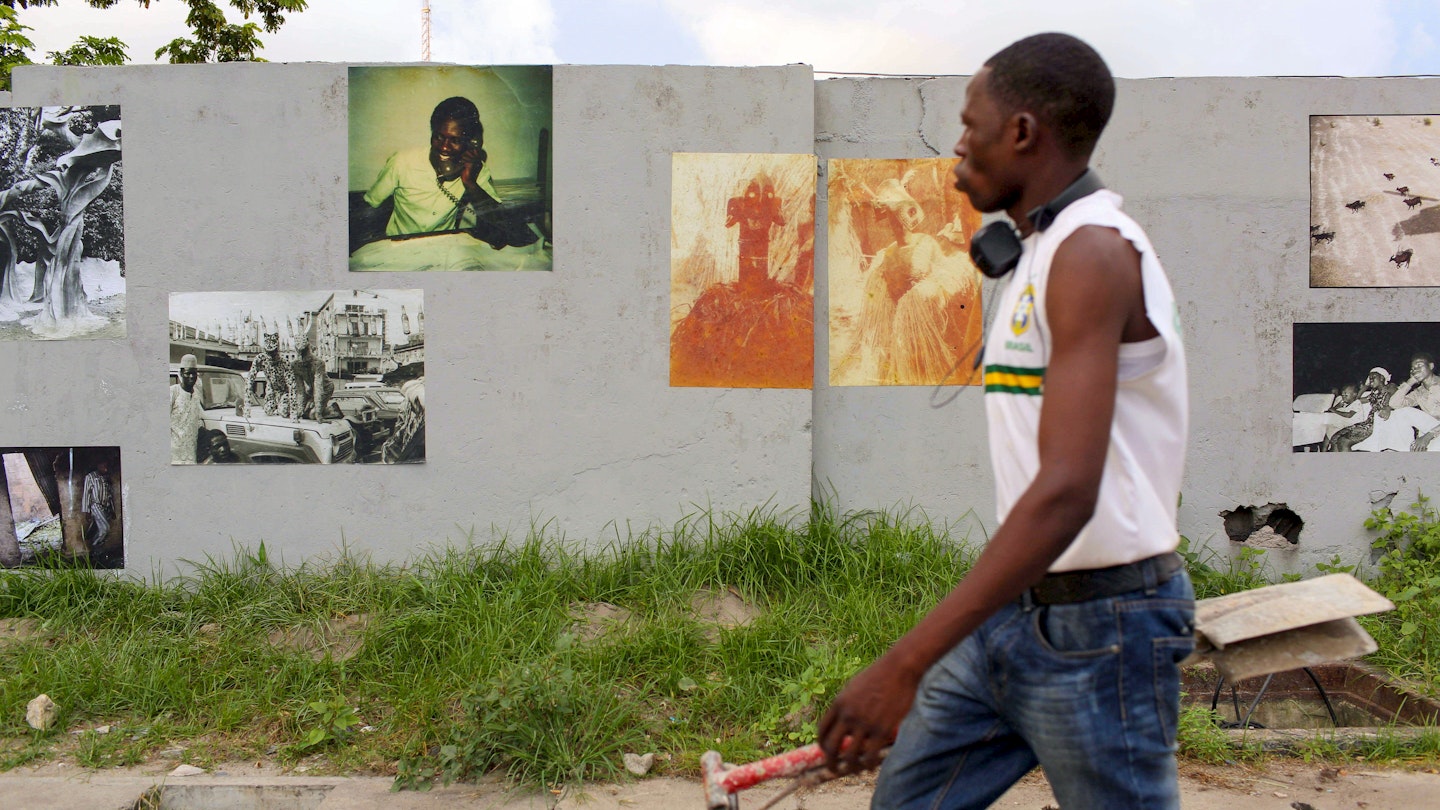Rediscovering the Lagos Art Scene
Art critic Emmanuel Iduma finds his way out of a pandemic rut with a visit to the Yemisi Shyllon Museum of Art in the outskirts of Lagos.
After nearly seven years abroad, I returned home to Lagos in December 2019. Three months later, due to the COVID-19 pandemic, the Nigerian government announced a lockdown. The city entered a state of inaccessibility lasting nearly six months. Formerly bustling streets became engulfed in an uneasy silence, and the vibrant atmosphere was temporarily stifled.
During those months of isolation, I frequently reminisced about the simple joys that came with my previous role as a writer and adjunct professor at the School of Visual Arts in New York City. My routine had been punctuated by frequent visits to museums and galleries, a stark contrast to my new reality in Lagos.
The Shift to Digital Art Experiences
Surprisingly, I found solace in the absence of art, which felt somewhat extraneous amidst the pandemic’s existential threats. Even as galleries began to reopen, I opted to explore art virtually. I spent countless hours navigating through the 2020 editions of ART X Lagos and the LagosPhoto Festival, which had adapted to a fully virtual format.
In early October 2021, I stumbled upon the Yemisi Shyllon Museum of Art’s website. This new private museum, located on the outskirts of Lagos, beckoned with its collection of Nigerian art spanning multiple eras. I felt it might be the perfect opportunity to rekindle my connection with art in the city I now called home.
Navigating to the Yemisi Shyllon Museum
My journey to the museum was an adventure. As I traveled, familiar intersections turned chaotic without traffic lights; I experienced both frustration and delight as I navigated the vibrant suburbs of Lagos. The drive felt liberating after months of confinement.
Having reached the vicinity of Pan-Atlantic University, I learned that road conditions were poor, and I was advised to continue on foot. The bustling atmosphere of Lagos was invigorating after months of subdued living.
A Guided Tour of Over 1000 Artworks
Upon arriving at the Yemisi Shyllon Museum of Art, I was greeted by its striking ruby-red brick exterior under the clear blue sky. The museum housed a generous collection of over 1000 artworks donated by Prince Yemisi Shyllon, showcasing Nigerian art in a thoughtful and vibrant manner. My guide, Isioma, informed me about the ongoing exhibition titled “Invincible Hands,” featuring contemporary art by Nigerian women, in addition to selections from the permanent collection.
Experiencing Art Post-Lockdown
As I wandered through the gallery with Isioma, I was impressed by the eclectic range of artworks spanning paintings, sculptures, collages, and photographs. The interactive nature of her guidance made the experience even more engaging, bringing the art collection to life.
This visit was not just a personal exploration; it was an opportunity to reignite my passion for writing about art. Each piece of art became a reminder of my life pre-lockdown, emphasizing the importance of reconnecting with culture and creativity. I yearned to share these experiences with my wife, documenting the artworks to reflect on later.
Hope for Accessibility in the Future
During my conversation with Michael Oseghale, the museum manager, he expressed optimism for the future. He believed that as new infrastructure developed in the area, the museum could become more accessible to the public, thus increasing awareness of Nigerian art and its profound narratives.
Telling the Stories of Nigerian Artists
Oseghale articulated the importance of sharing the rich stories behind the artworks, emphasizing the significance of cultural representation. An encounter with a student who was surprised to learn about Nigeria’s artistic heritage underscored the urgency of their mission.
As I reflected on my enriching visit to the Yemisi Shyllon Museum of Art, I realized that it not only rekindled my appreciation for art but also illuminated the path forward for cultural engagement in a post-pandemic world. The vibrant colors and dynamic expressions of Nigerian art left an indelible mark on my artistic journey.




